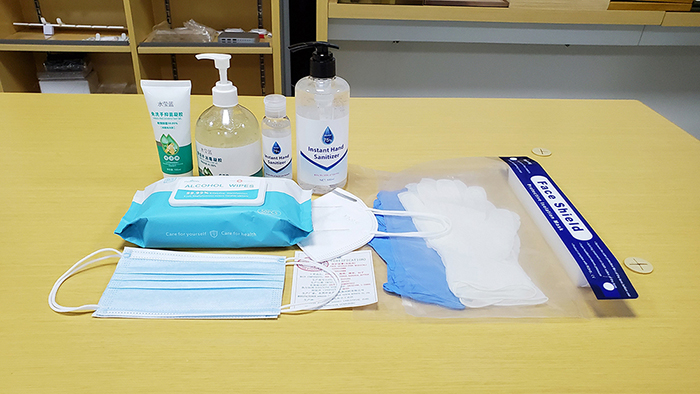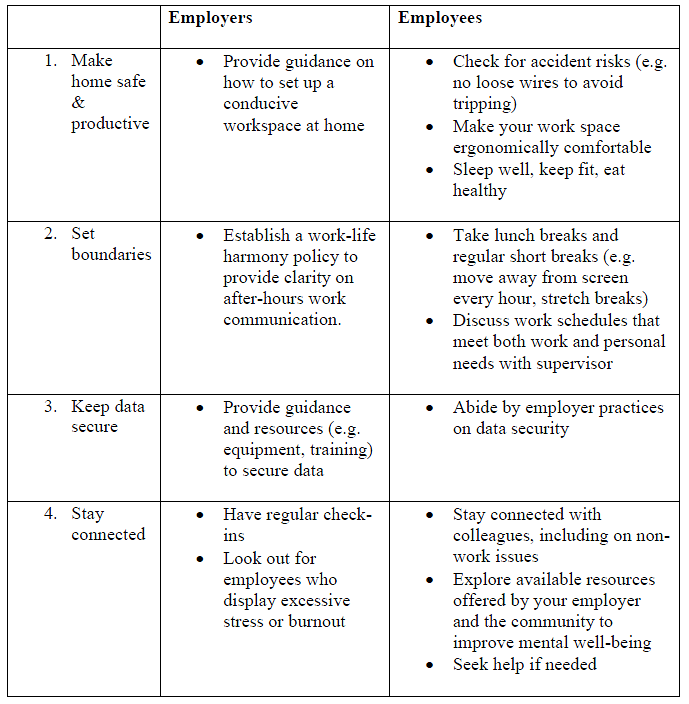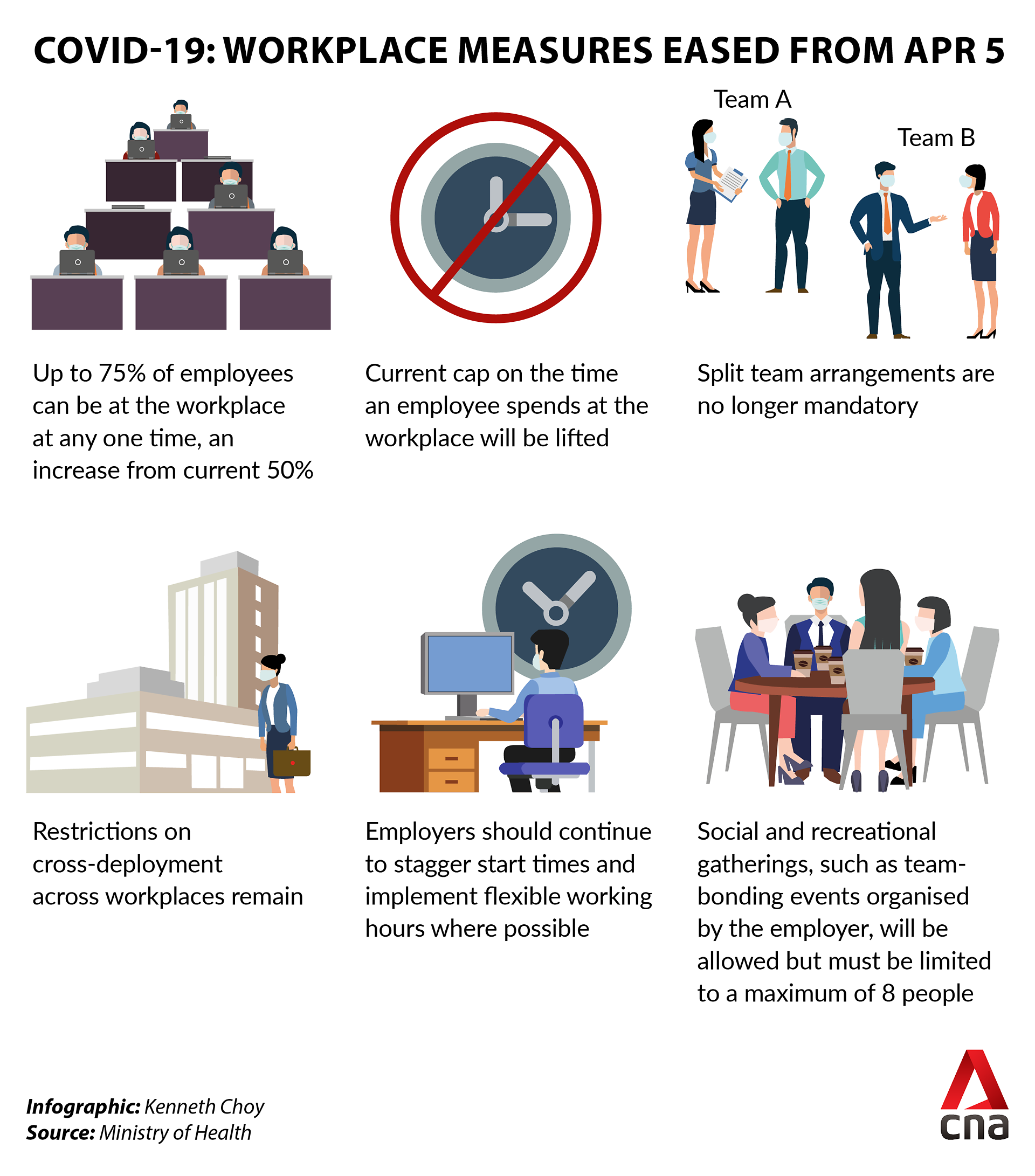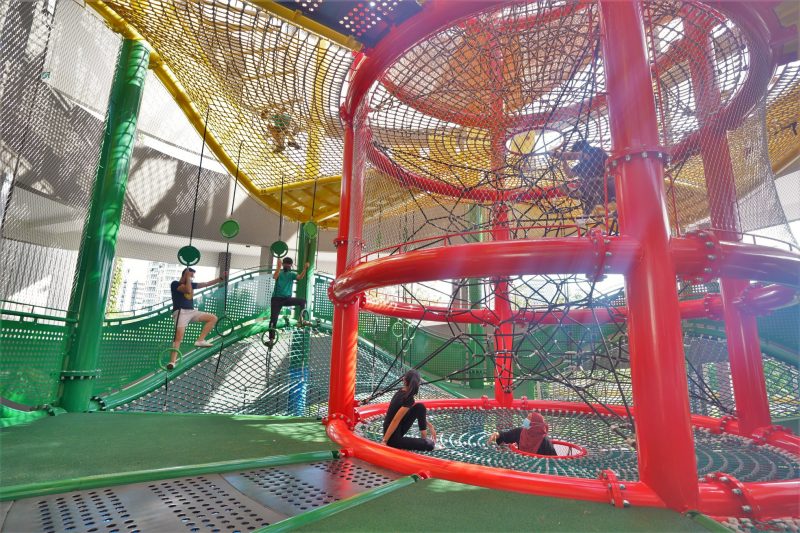Throughout your life, you might have dismissed hypnosis as nothing more than an incredible magic trick therapists use to earn money. However, hypnosis can play a significant role in the form of psychotherapy called hypnotherapy.
In a COVID-19 world where mental and physical health may be worsening, hypnotherapy can reverse those effects by guiding you through relaxation, concentration, and attention to achieve an elevated state of awareness and mindfulness.
To discover how hypnotherapy can change your life for the better, let’s take a look at a few positive outcomes hypnotherapy can bring to your health.
#1: Lower your stress levels
Let’s face it – no one wants to deal with heightened anxiety in an already stressful world. That’s why people are often drawn to hypnotherapy for its effectiveness in lowering their stress and anxiety levels.
No matter whether your struggle comes from relationships, academic work, changing career paths, or the uncertainty that comes with the pandemic, hypnotherapy can be your go-to solution before you pop the pill.
#2: Control of alcohol addiction
Another benefit of undergoing hypnotherapy is that it empowers you with more control over your alcohol drinking habits.
Folks who’ve developed an alcohol addiction and found it hard to moderate how often you drink for work or leisure, hypnotherapy can help to rewire your mind so you can depend less on alcohol.
#3: Cope with prolonged health issues

Image Credits: scripps.org
When you’re diagnosed and dealing with chronic health problems, it’s not only hard to face those issues physically but also emotionally.
That’s where hypnotherapy can come in handy, by helping you to better cope with your conditions and power through the painful symptoms you may experience. Be it high blood pressure, irritable bowel syndrome (IBS), or migraines, you may want to give hypnotherapy a try.
#4: Build self-worth
It’s almost impossible to come across a person who has never had to question their self-worth. When life throws us all sorts of lemons, we may inevitably doubt ourselves, our abilities, or our body image.
Thankfully, all hope is not lost. Hypnotherapy can help us to focus on being more assertive from within. Give it a go if you want to strengthen your self-esteem to counter life’s most demanding challenges.
#5: Ease food phobias
Do you know that there is a medical condition for food phobias? It’s named cibophobia, and Healthline defines it as the fear of food. These are the commonly known ones:
- Leftovers
- Undercooked foods
- Foods prepared by others
- Perishables like fresh fruits
- Foods near expiration dates
There are various ways to treat cibophobia, and hypnotherapy is one of them. A typical session would involve a hypnotherapist offering you verbal cues or suggestions to reduce the adverse reactions you have towards certain food types.
#6: Facilitate fear of nausea and vomiting

Image Credits: yourtango.com
Since we’ve just looked at food phobias, there is another phobia that hypnotherapy can heal. Emetophobia is the name to note.
According to the professionals, it’s a condition that involves an extreme concern with vomiting, watching other people puke, or simply seeing vomit or feeling sick. Though it may be uncommon, the person going through the condition can be intensely distressed.
Besides taking medications and undergoing cognitive behavioural therapy (CBT), one may want to try hypnosis.
#7: Work towards better sleep
No matter if it’s insomnia, sleeping too much, or just wacky sleep schedules in general, sleep-related issues are huge problems many people are undergoing.
Adequate sleep is essential as it’s one of the most critical factors in regulating one’s health. Hypnotherapy can play a considerable part in repairing your sleep schedule and ensuring you get a night of proper deep sleep.
Want to feel much more rested and restored than before? You know what to do.
#8: Managing the effects of tinnitus
Are you suffering from the effects of tinnitus? The persistent ringing or other noises in one or both of your ears can be annoying. In fact, it may even affect your sleep.
Your ability to concentrate or hear external sounds could also be impacted by ongoing tinnitus. If that is you, you may want to opt for hypnotherapy. By being put into a trance-like state with a trained professional, you can rework your perception of sounds.
In the long run, it can make you less bothered by it, even if your condition still lingers.
#9: Lessen the fear of needles

Image Credits: ndtv.com
There’s rarely anybody who gets excited about getting injected at the clinic. With over 350,000 Singapore residents receiving their first dose of the COVID-19 vaccine since the start of March, it may soon be our turn.
Speaking of which, the fear of these commonly long and penetrating needles on the skin can be too much to bear for some. Despite this fear, getting injected is necessary to protect our body against harmful viruses.
To make this process a lot more stress-free, hypnotherapy can work to combat needle phobia and anxiety.
Final thoughts
Need help getting started? Check out this article on some of the best hypnotherapy sessions you can go through in Singapore or read about an actual experience here. Remember to do your due research and clarify with your hypnotherapist whenever in doubt.

















